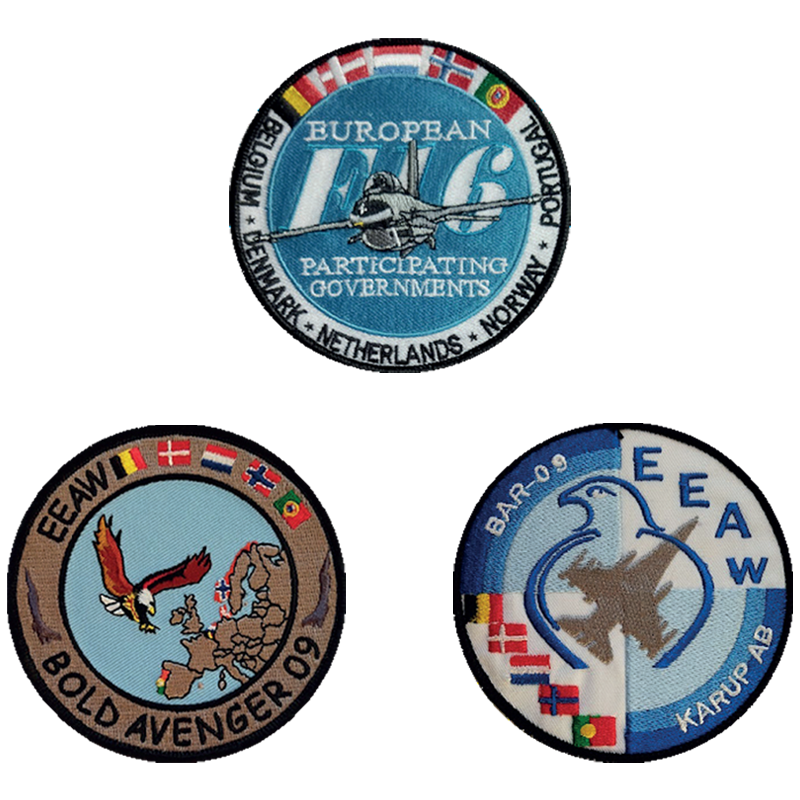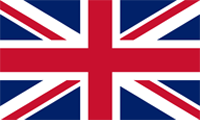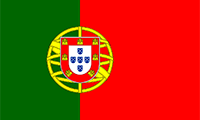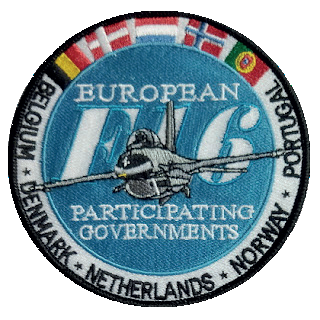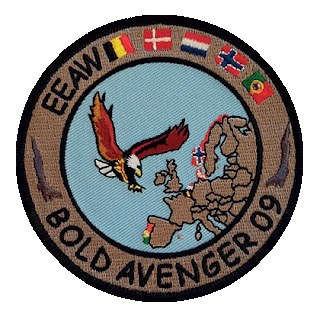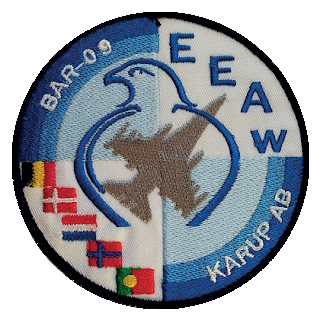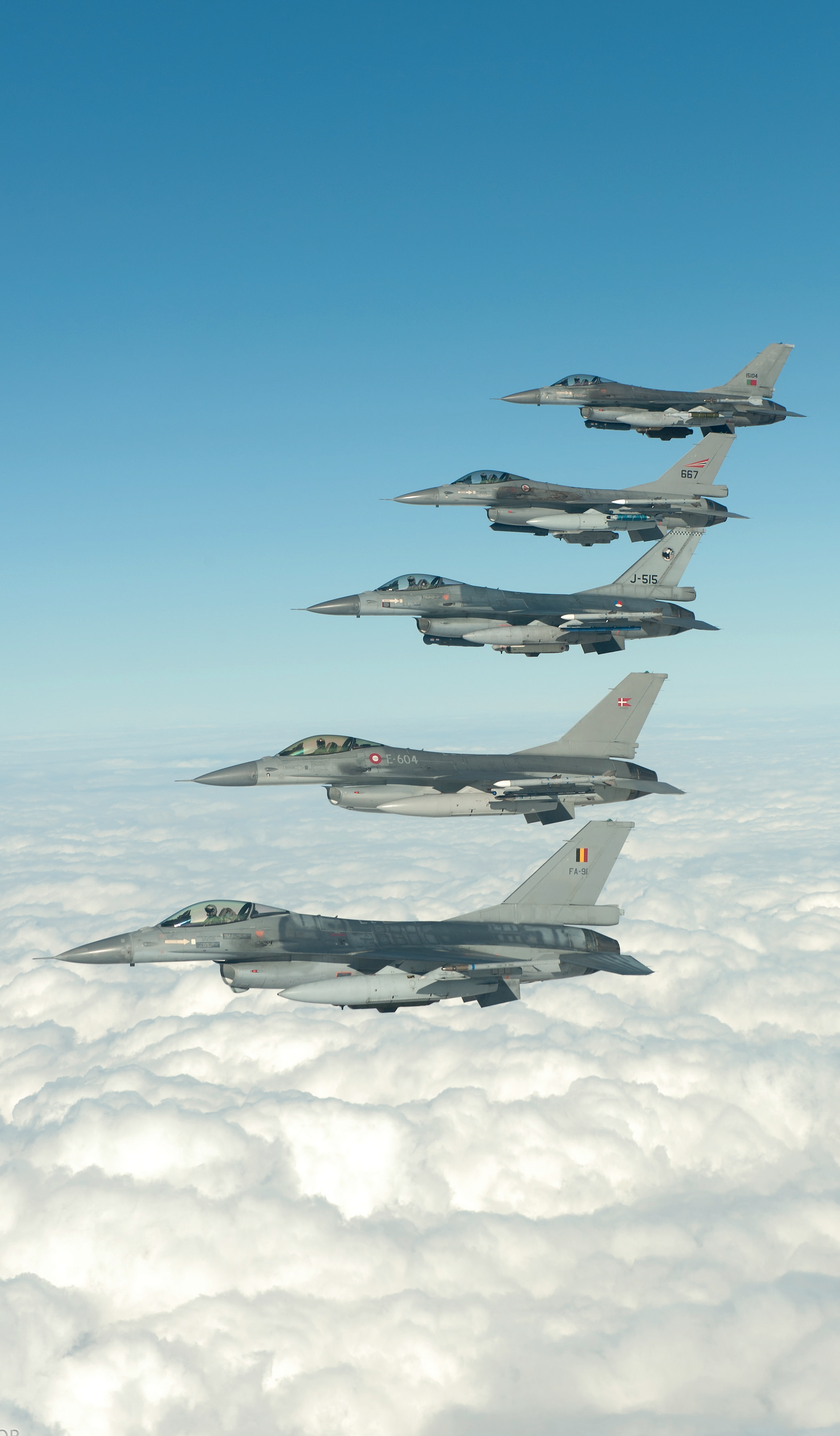
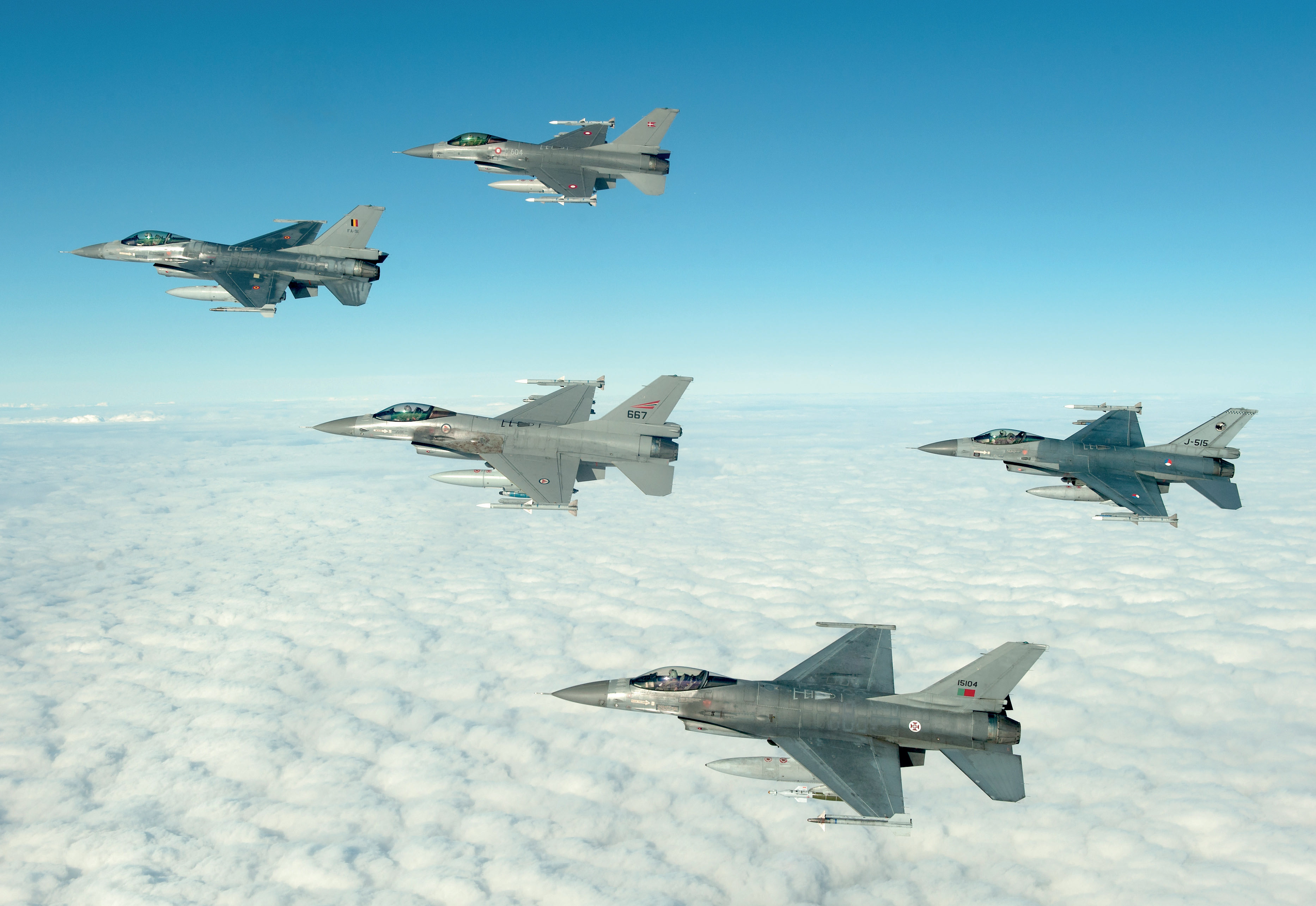
European Participating Air Forces
In 1975, the governments of Belgium, Denmark, the Netherlands, and Norway decided to collaborate in order to purchase a lightweight, multi-role fighter capable of serving their respective Air Forces in the decades to come. The chosen aircraft was the F-16.
This group became known as the European Participating Governments (EPG), and their Air Forces were referred to as the European Participating Air Forces (EPAF).
On June 10, 1975, the EPAF, along with the United States Air Force (USAF), signed a memorandum of understanding to purchase 998 F-16s. Of these, 650 were allocated to the USAF, while the remaining aircraft were divided among the four European Air Forces. Thus, the Multi National Fighter Program (MNFP) was born as a consortium that sponsored various modernization and operational enhancement programs for the F-16, ensuring its continued operational relevance.
With the acquisition of a second fleet of F-16s in 2000 and membership in the MNFP, the Portuguese Air Force also became part of the EPAF. This allowed Portugal to benefit from all future developments for the newly acquired fleet at a fraction of the original cost.
Seeking to explore synergies and commonalities in operations, maintenance, and sustainment, the EPAF established a project known as the EPAF Expeditionary Air Wing (EEAW). The goal was to create a Tactical Air Wing using resources provided by the five European nations. Although the project was only partially implemented, it saw participation in joint exercises and operations whenever multiple EPAF members coincided.
